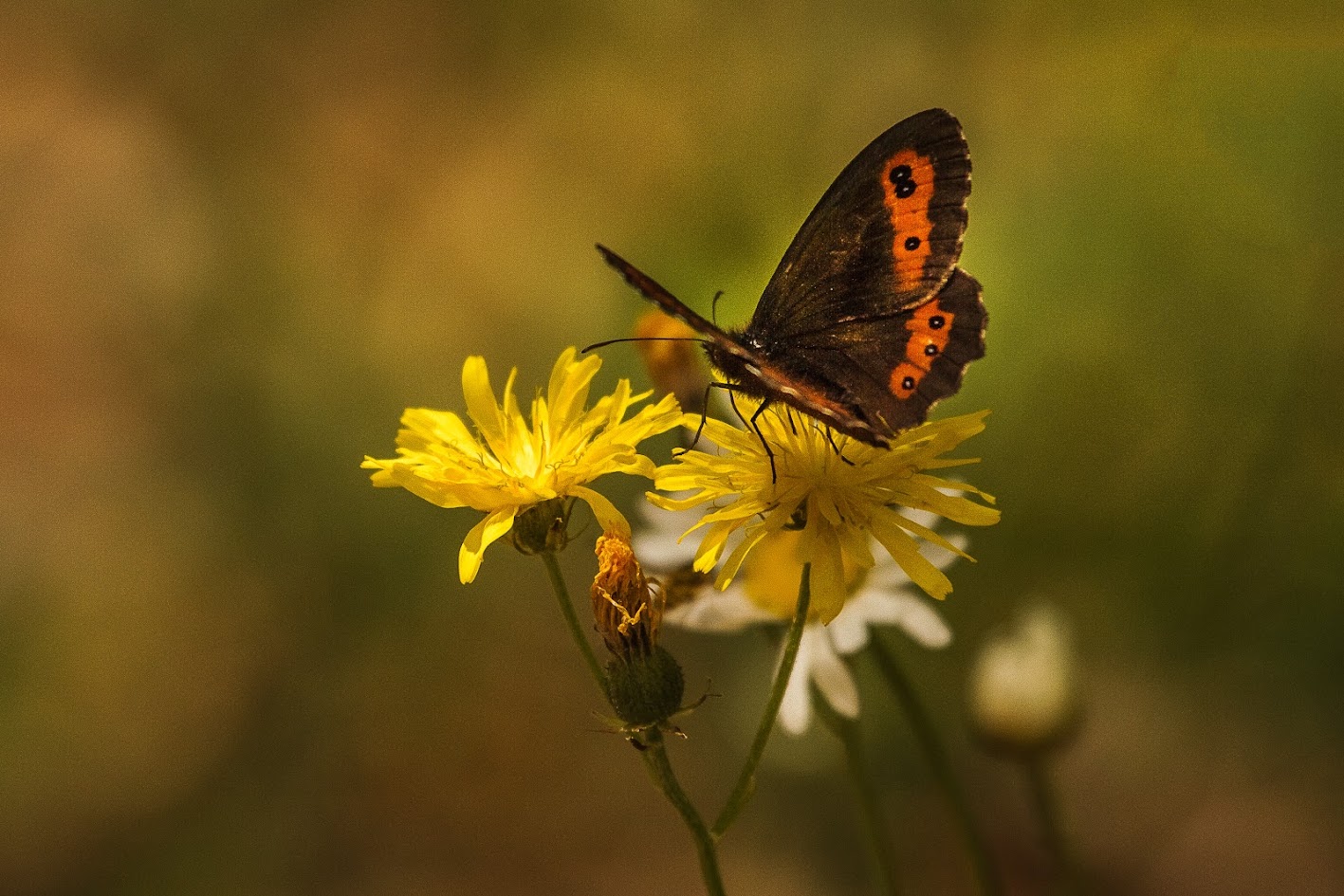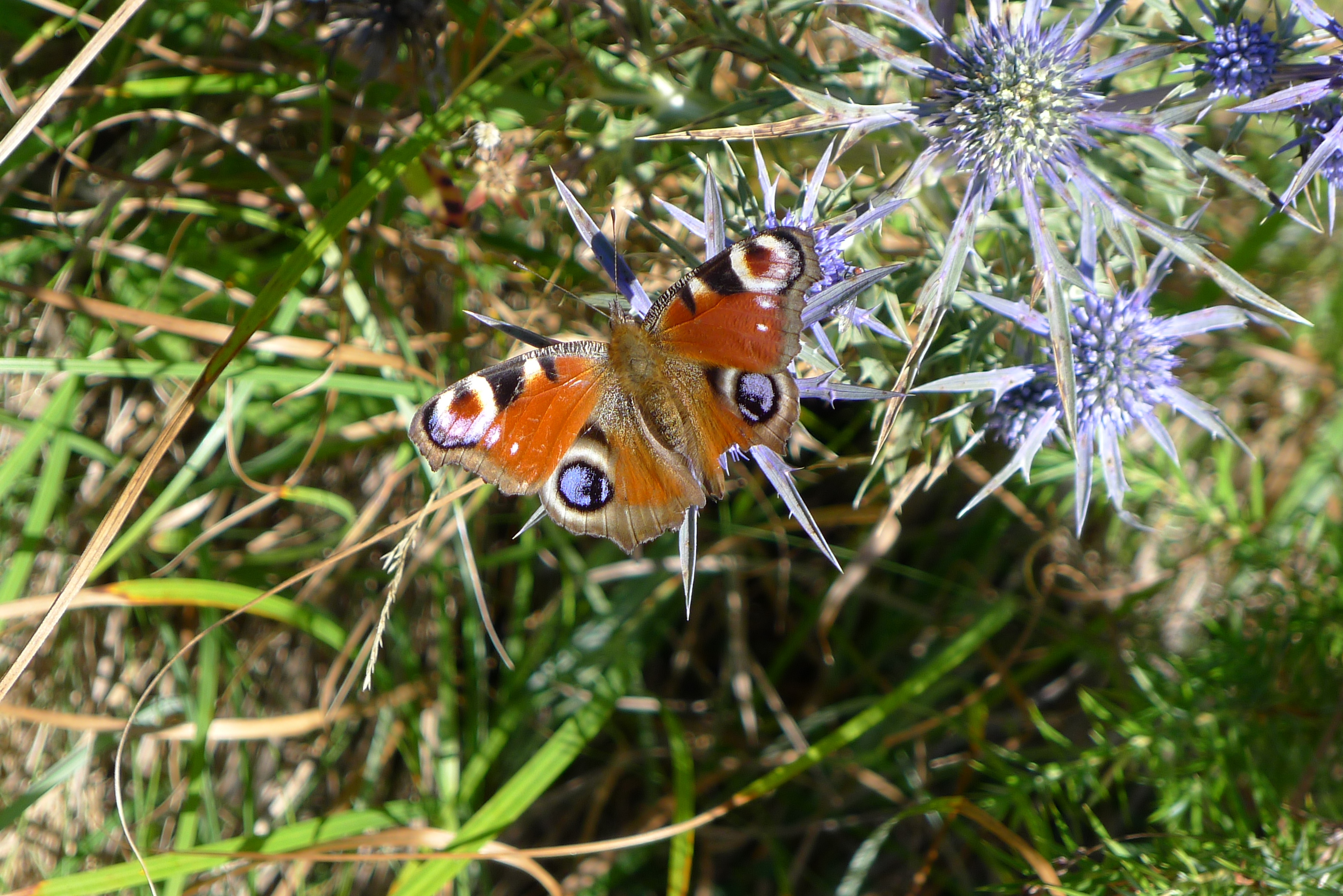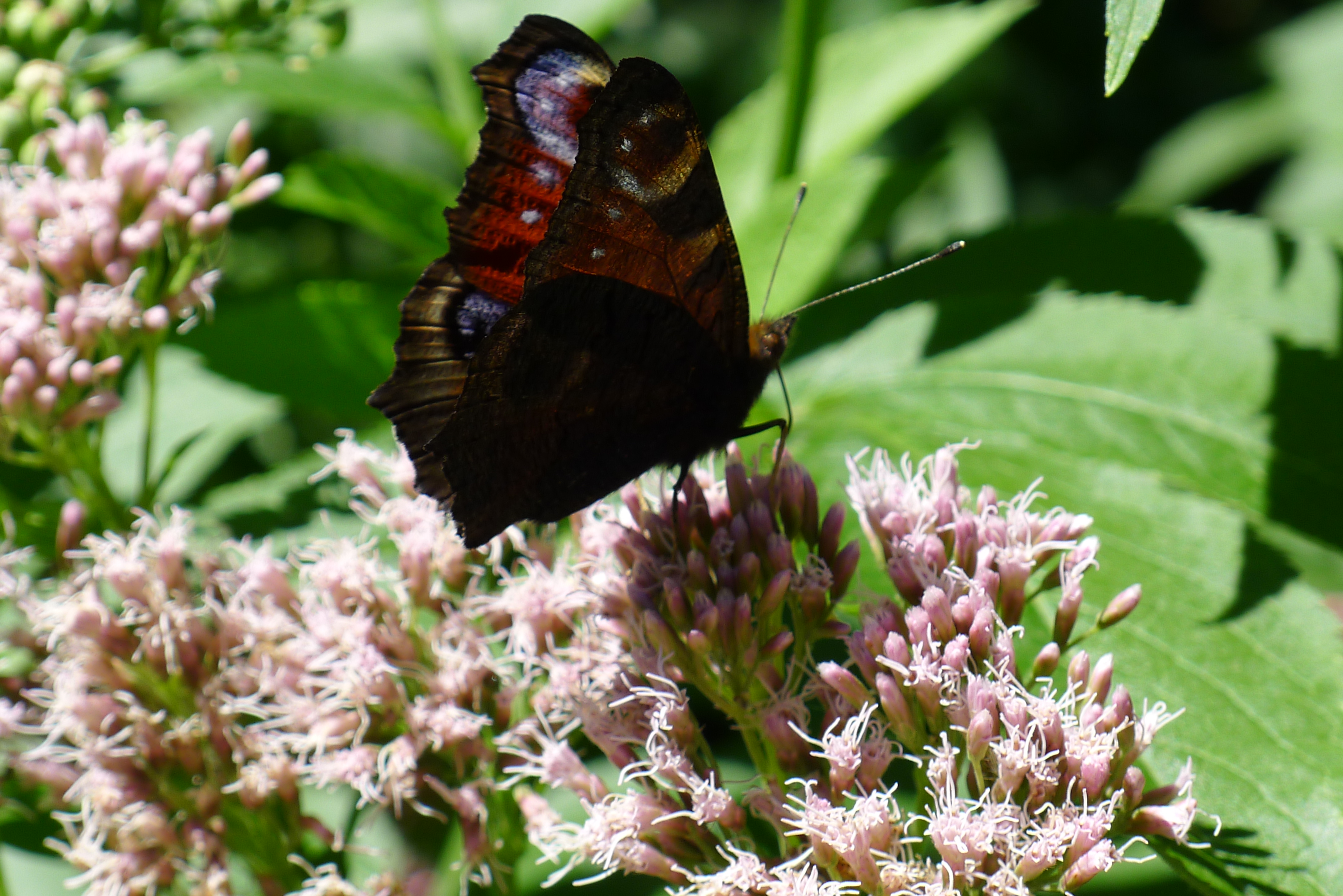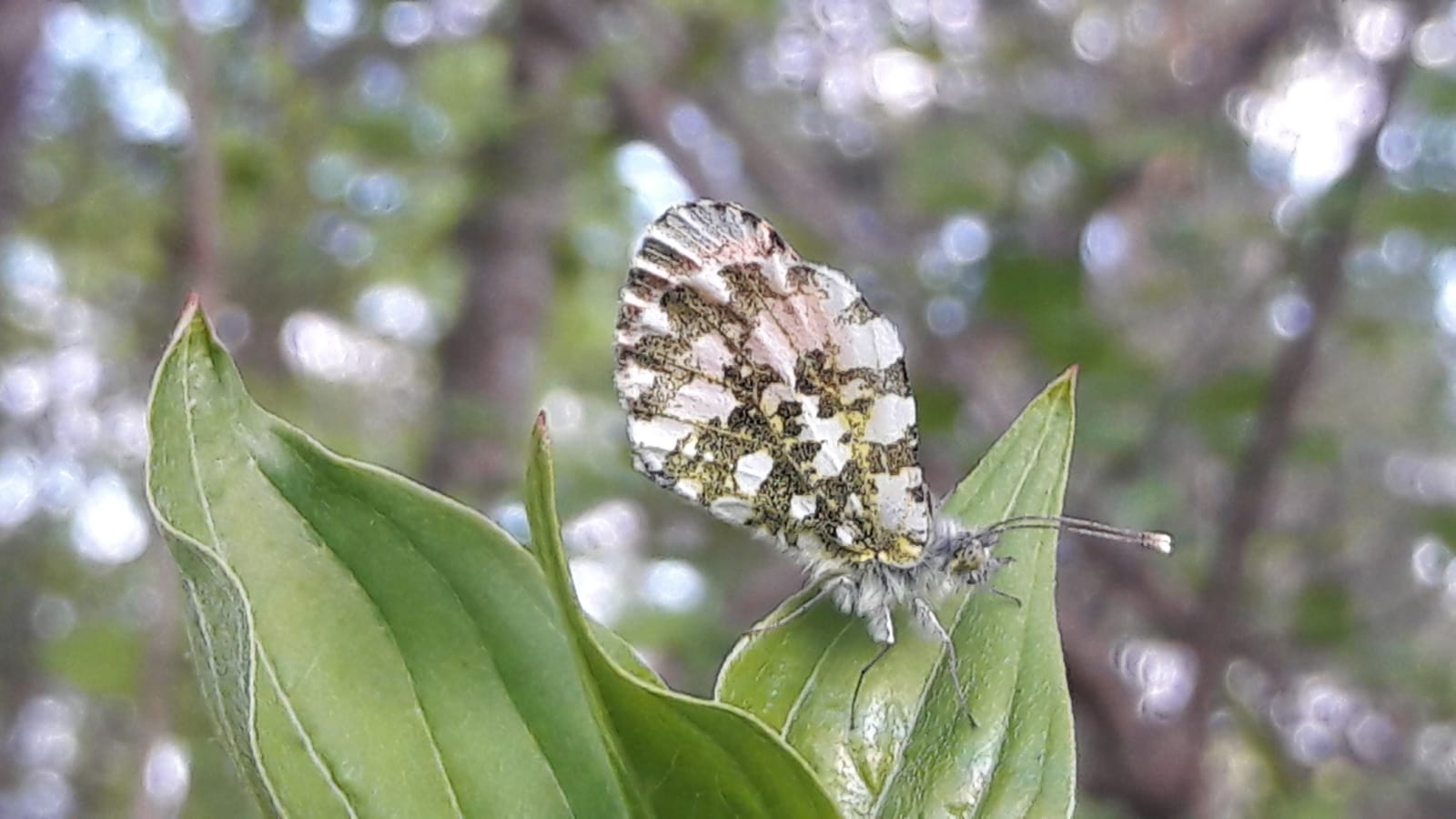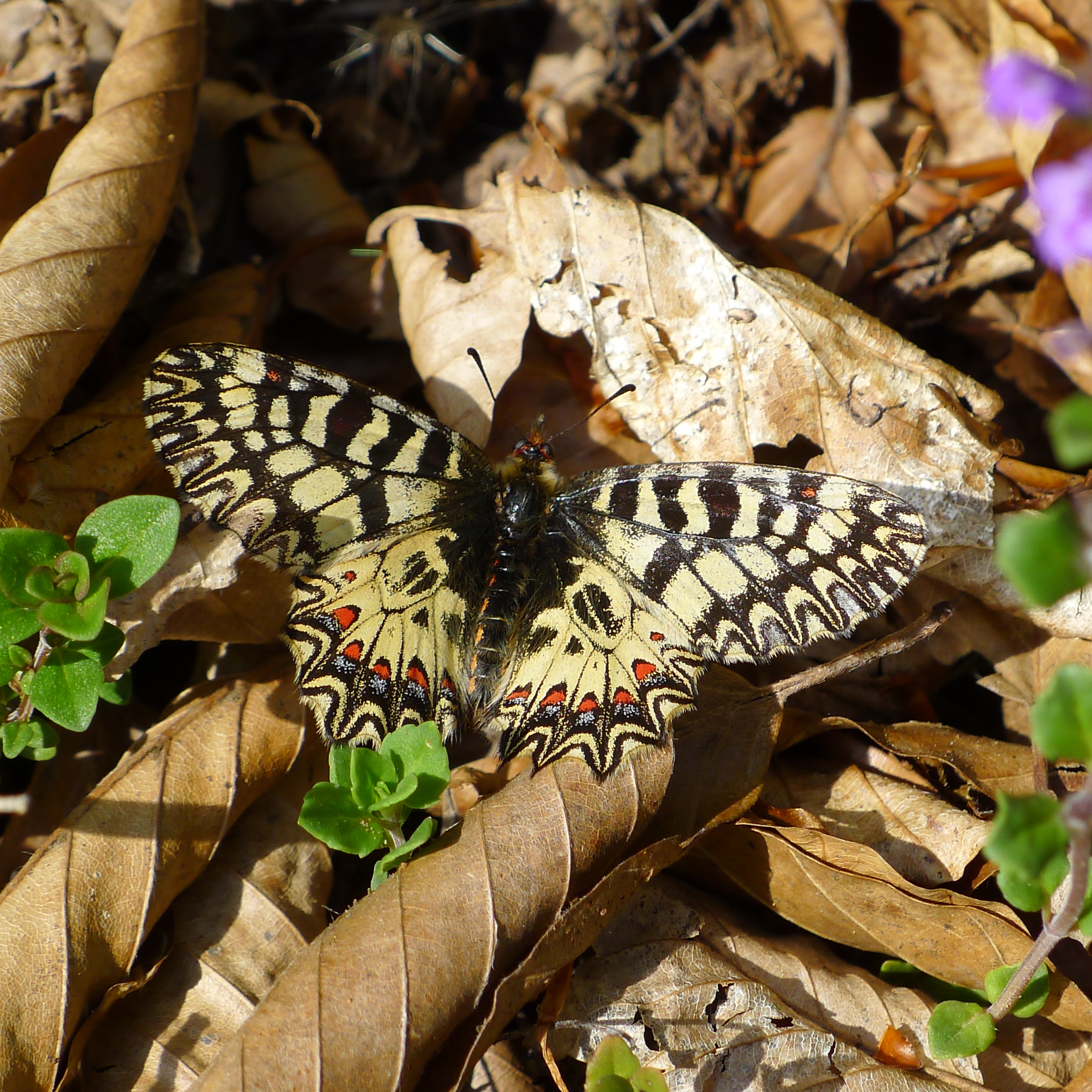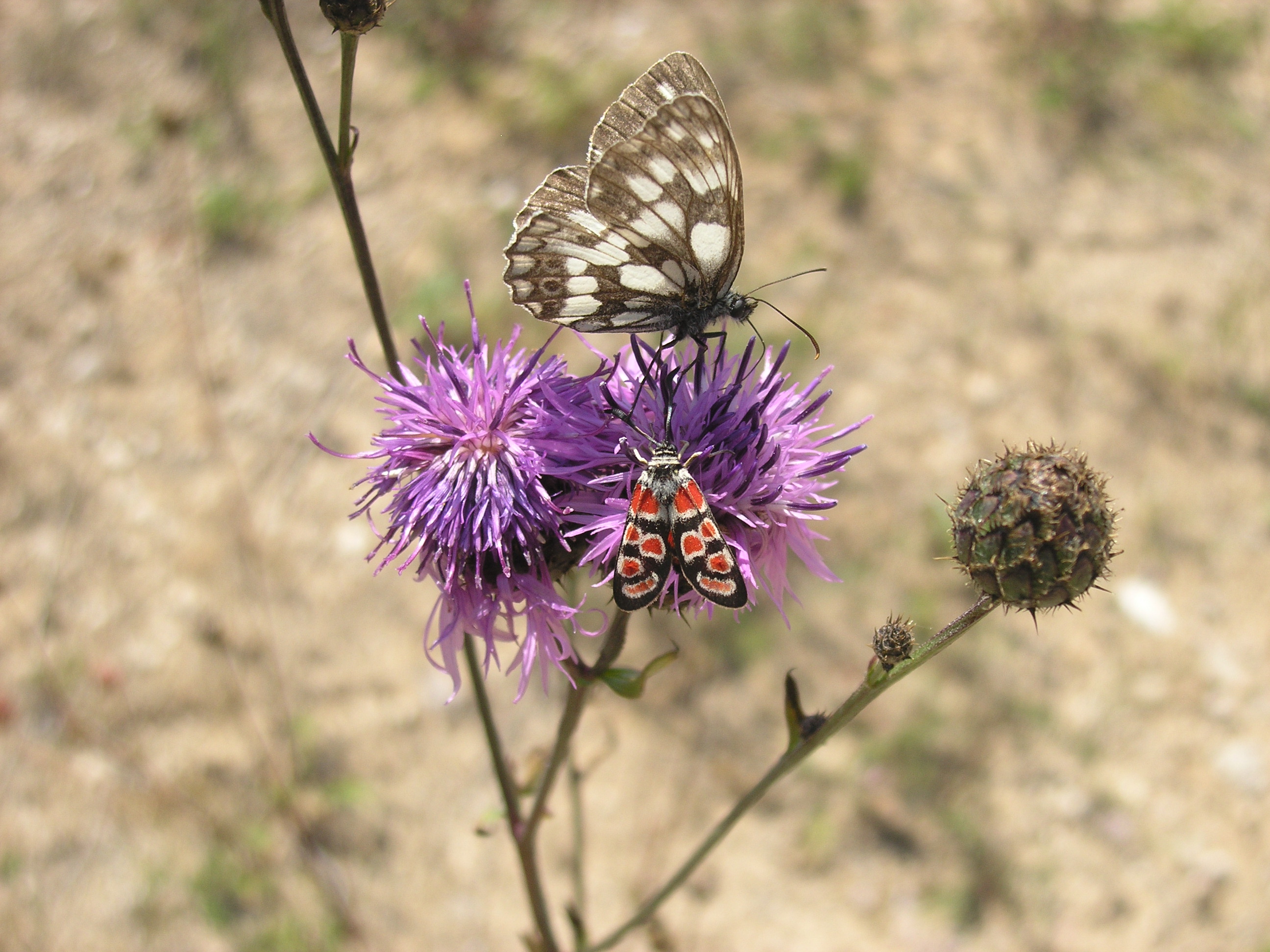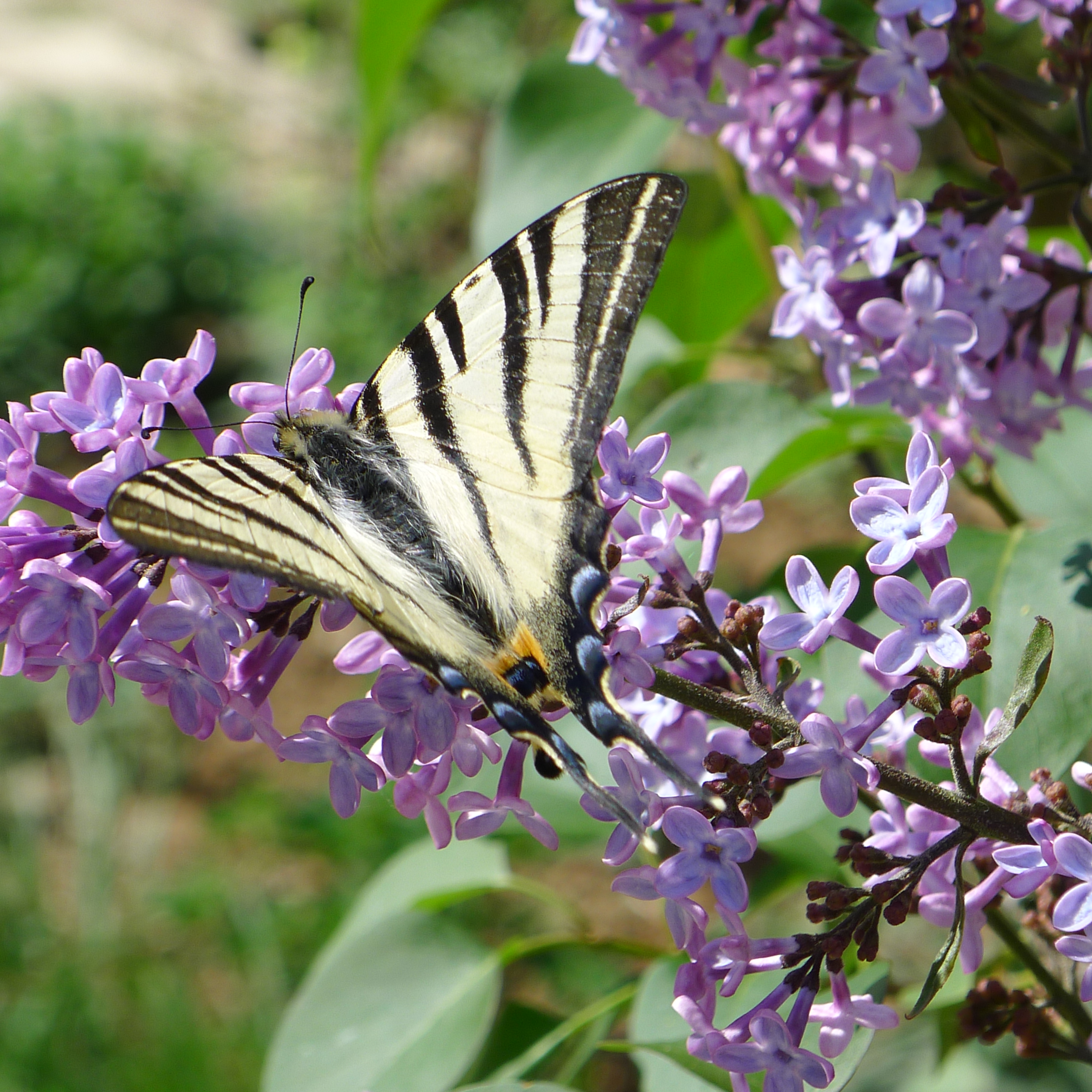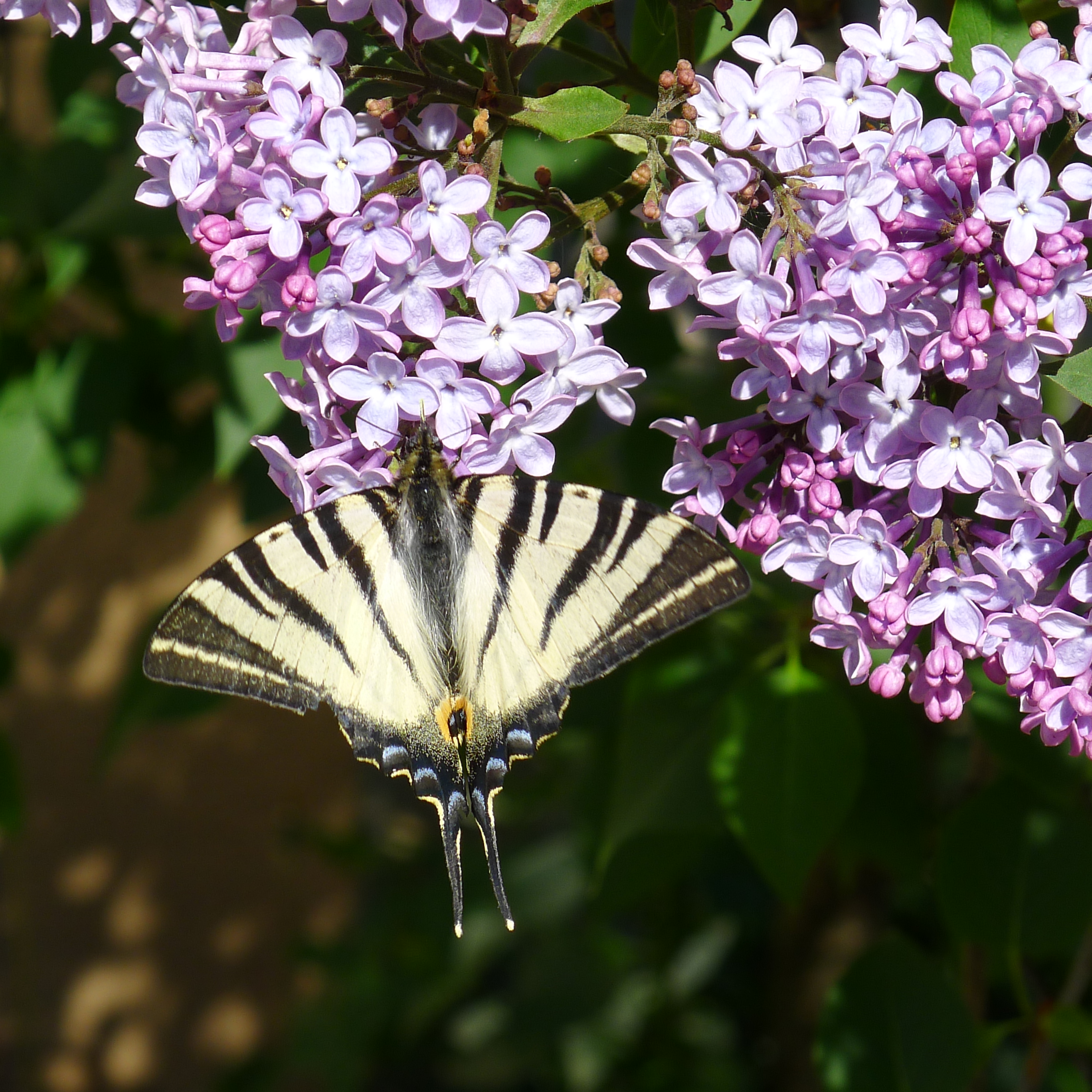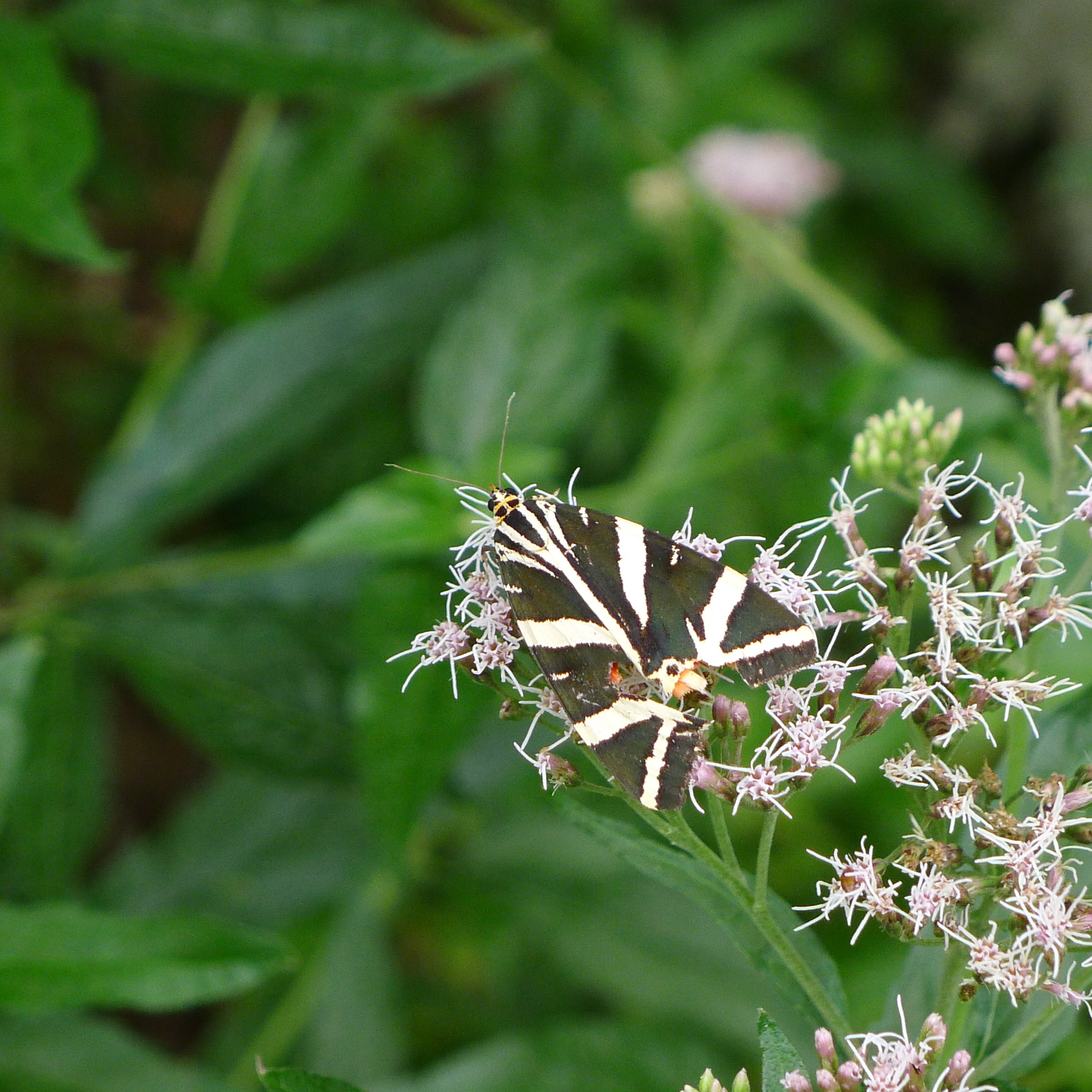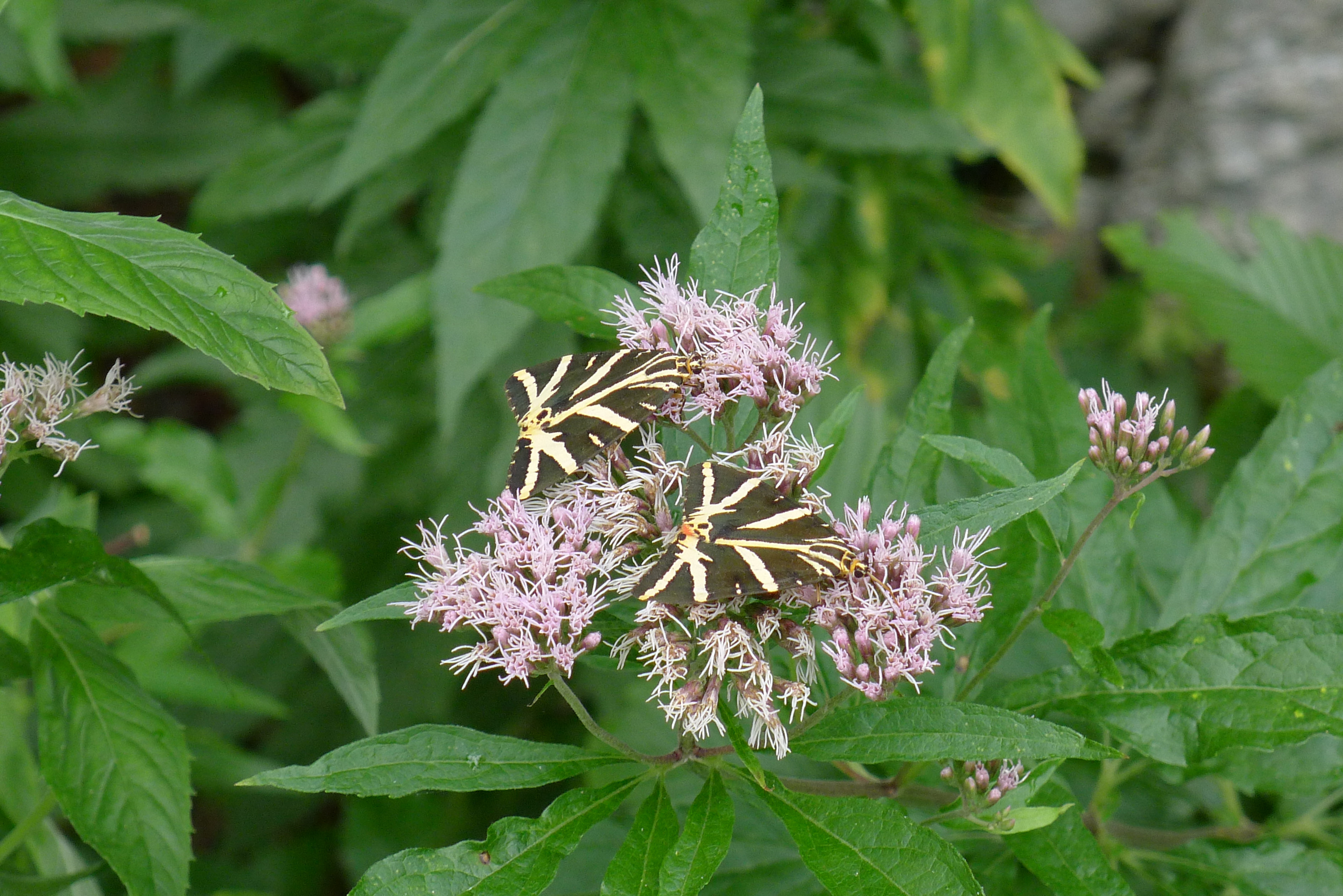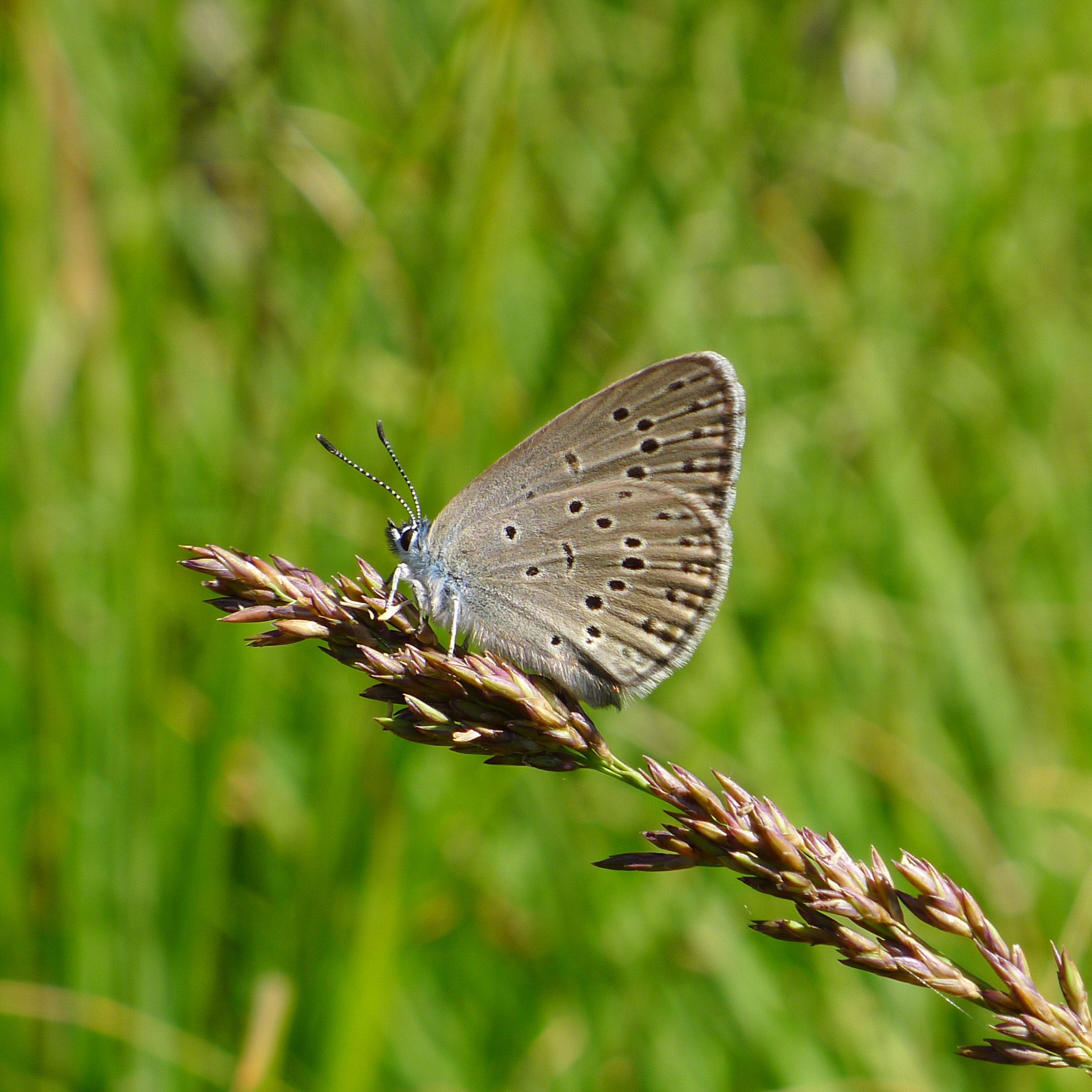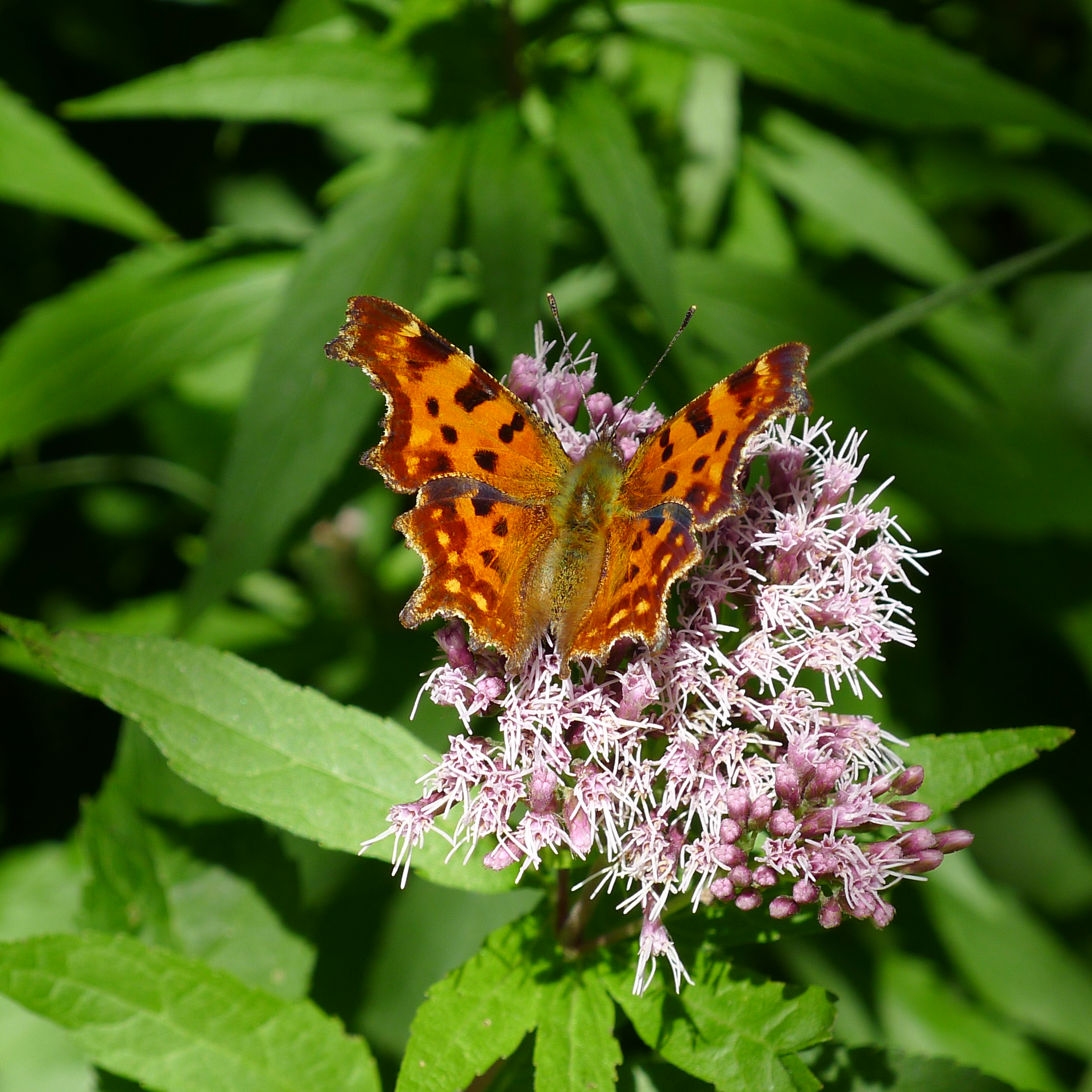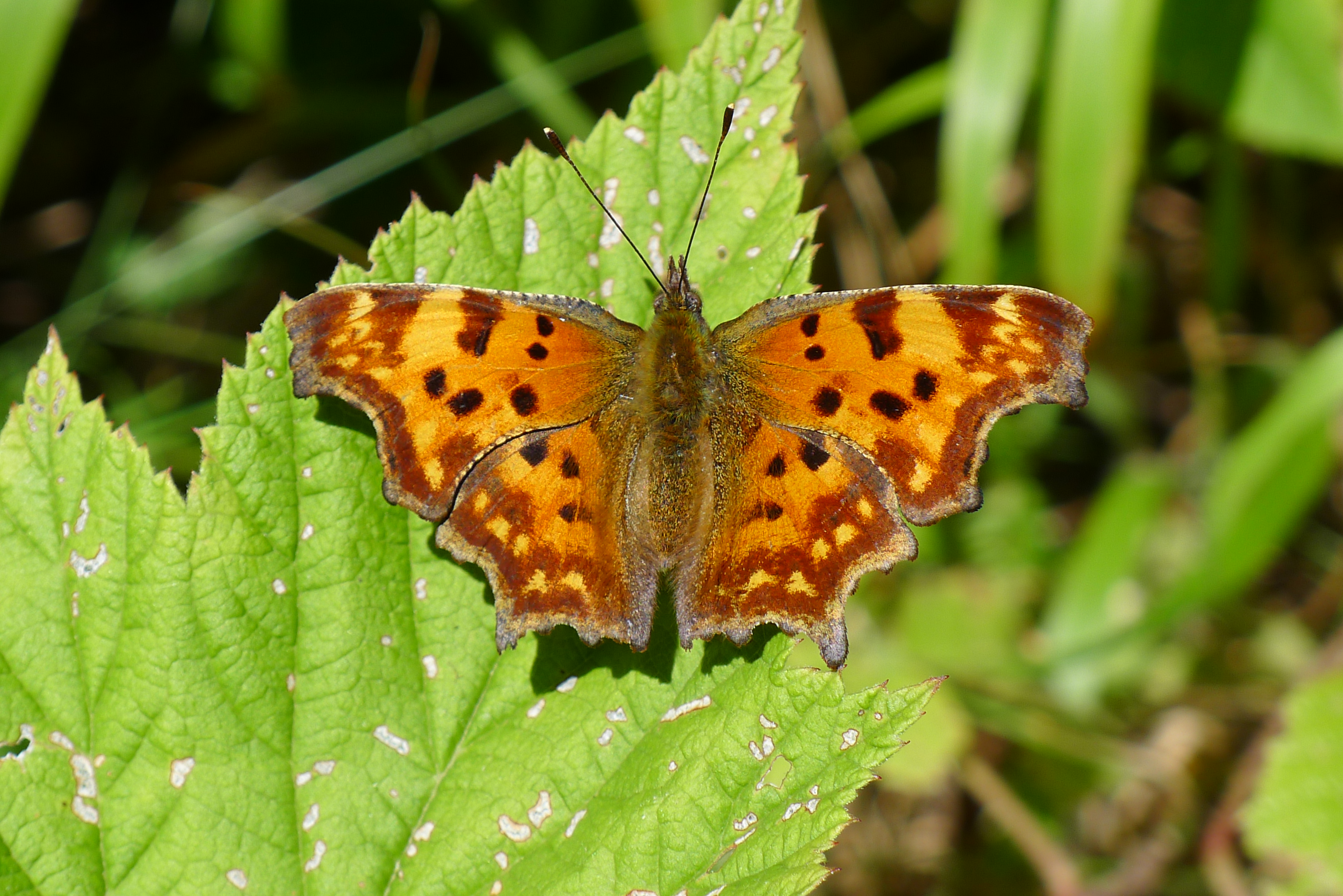Butterflies, a particularly interesting group of insects, are very common in the Plitvice Lakes National Park. It is important to take notice of these animals, to learn about them and to experience their diversity as we meet them in mountain meadows, at the edges and firebreaks of forests, on rocky terrain and near bodies of water. Even though butterflies are extremely useful pollinators, their larvae often cause damage in agriculture and forestry, which is why many butterfly species are at risk from destruction. The butterfly superfamily includes butterflies, active during the day or diurnal, and moths, active during the night or nocturnal. Even though diurnal butterflies evolved later than moths, they were always a little bit more popular with researchers and explorers due to their colourful wings. During its life cycle, a butterfly undergoes a complete transformation: a metamorphosis or holometaboly. First, the female lays her fertilised eggs on an oviposition plant, a plant that an insect uses to lay its eggs on, which is most often also the food plant. Soon, the formed embryos hatch from their eggs as fully formed larvae and feed and grow on the food plant. After a while they pupate or form a chrysalis, and slowly transform into an adult butterfly (imago stage). Butterflies have two pairs of wings covered with thick and scaly hairs. Sexual dimorphism is very common in butterflies and the males and females of many butterfly species are different in colour and body shape. Birds are the most common predators preying on butterflies, while for moths the number one predator is the bat.
At Plitvice Lakes National Park, only around 90 butterfly species and 350 moth species have been recorded so far. On the other hand, in Croatia, 197 butterfly species and over 3000 moth species have been recorded so far. We expect to record new species at the Park, especially new moth species. Under the Nature Protection Act, the following butterfly species are protected in Croatia: the Swallowtail (Papilio machaon), the Scarce Swallowtail (Iphiclides podalirius), the Apollo (Parnassius apollo), the Purple Emperor (Apatura iris), the Lesser Purple Emperor (Apatura ilia), and the Poplar Admiral (Limenitis populi). All of these species, except for the Apollo, were recorded in the Plitvice Lakes National Park. Two more species are important for the Plitvice Lakes: the Marsh Fritillary (Euphydras aurinia) and the Jersey Tiger (Euplagia quadripunctaria), both closely monitored as Natura 2000 species.
Interestingly, out of the five Large Blue species living in Croatia, three can be found in the Plitvice Lakes National Park: the Large Blue (Phengaris arion), the Alcon Blue(Phengaris alcon alcon),and the Mountain Alcon Blue(Phengaris alcon rebeli). The species of the Eurasian genus of Large Blues have specific life cycles and low colonisation potential, they live in closed populations and are distributed locally, all of which makes them particularly sensitive. All of the Large Blue species are rare and endangered due to loss of habitat because of inappropriate human activities.
The Alcon Blue (Phengaris alcon alcon) is one of the rarest butterflies in Europe. Despite its name, only the male is blue, while the female is brown and much less noticeable. The Alcon Blue lives in wet meadows, in a close coexistence with ants and the plant the Marsh Gentian. This species deserves special care and protection. From mid-July to the second half of August, the Alcon Blue can be seen flying over the wet meadows of our Park and laying its eggs on the Marsh Gentian (Gentiana pneumonanthe) plant. The eggs hatch into small larvae, which then feed and stay inside the Marsh Gentian flower bud for some time. After about three weeks, the larvae, now strong enough, use a thin silk thread that they have made to descend to the ground, near an anthill which is home to the Myrmica genus ants. The larvae release a fragrant juice which attracts the ants and makes them carry the larvae into their anthills and take care of them. The larvae then spend between seven and eight months in the anthills and in the spring they pupate (form a chrysalis) near the exit from the anthill. In the summer, when the Marsh Gentian blooms in the early hours of the morning, beautiful blue-winged butterflies emerge from the anthills and begin looking for the plant they will lay their fertilised eggs on. One of the largest populations of the Alcon Blue in Europe was recorded right here, in the Plitvice Lakes National Park. In fact, it was precisely in the Plitvice Lakes National Park where this species was first recorded in Croatia, in 2004. The Alcon Blue was later also recorded by the Injatica stream near Grubišno Polje and in the Papuk Nature Park. In order to preserve this species, a special mowing regime must be adhered to: the meadows which are home to this butterfly should not be mowed earlier than September, when the larvae are already inside the anthills.
Find out more about the magical Alcon Blue and its fascinating life cycle in this short animated film:
Butterflies have always inspired the imagination of both children and adults alike, playing the central role in many stories, folk tales, legends and even superstitions. World Butterfly Day is celebrated each 28 May. The purpose of World Butterfly Day is to raise awareness of the importance of protection and conservation of these striking insects. Keep them safe, keep their food plants and their habitats safe.
Author of the text and photos: Krešimir Čulinović, Head of Presentation and Interpretation Section

